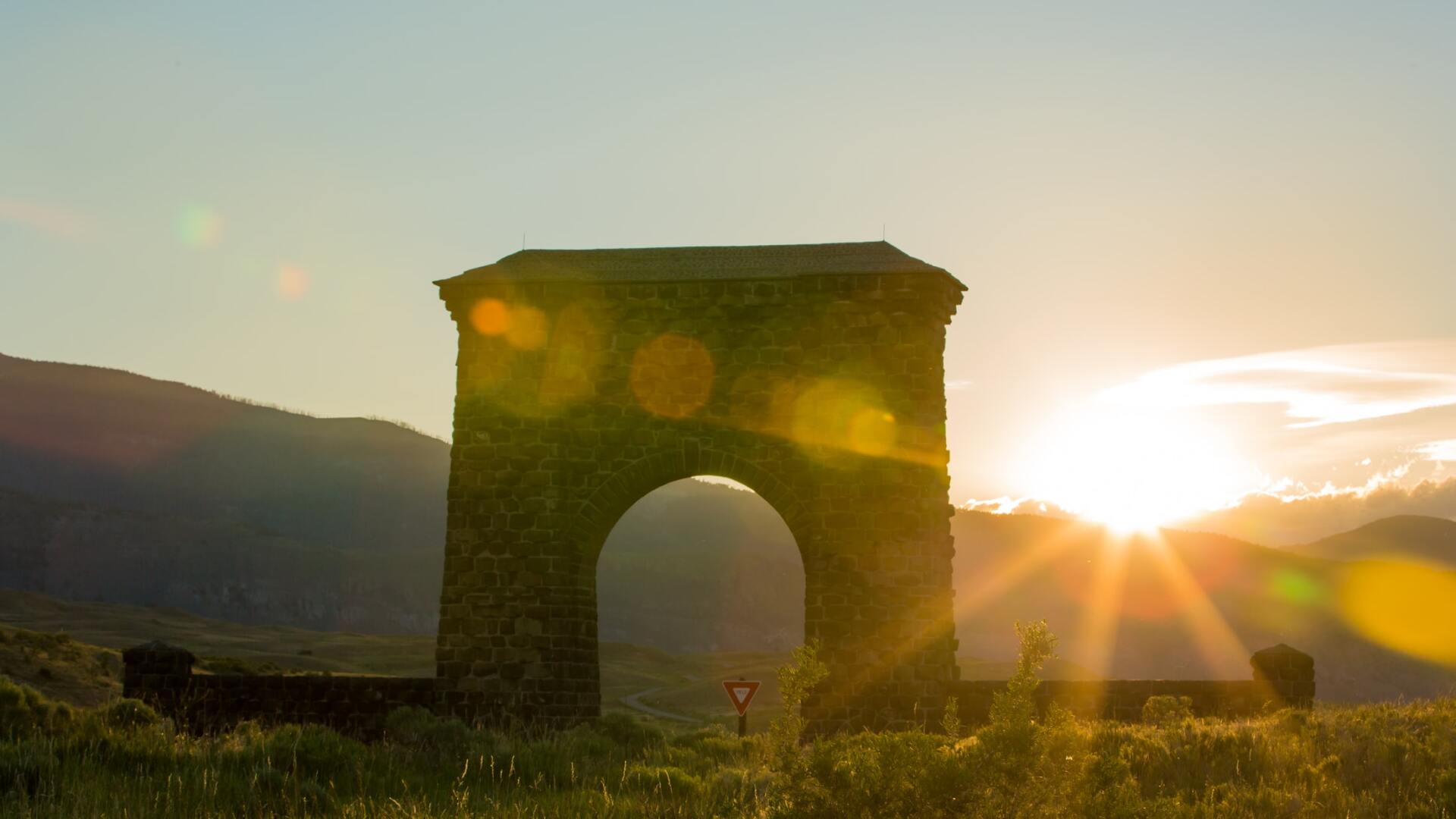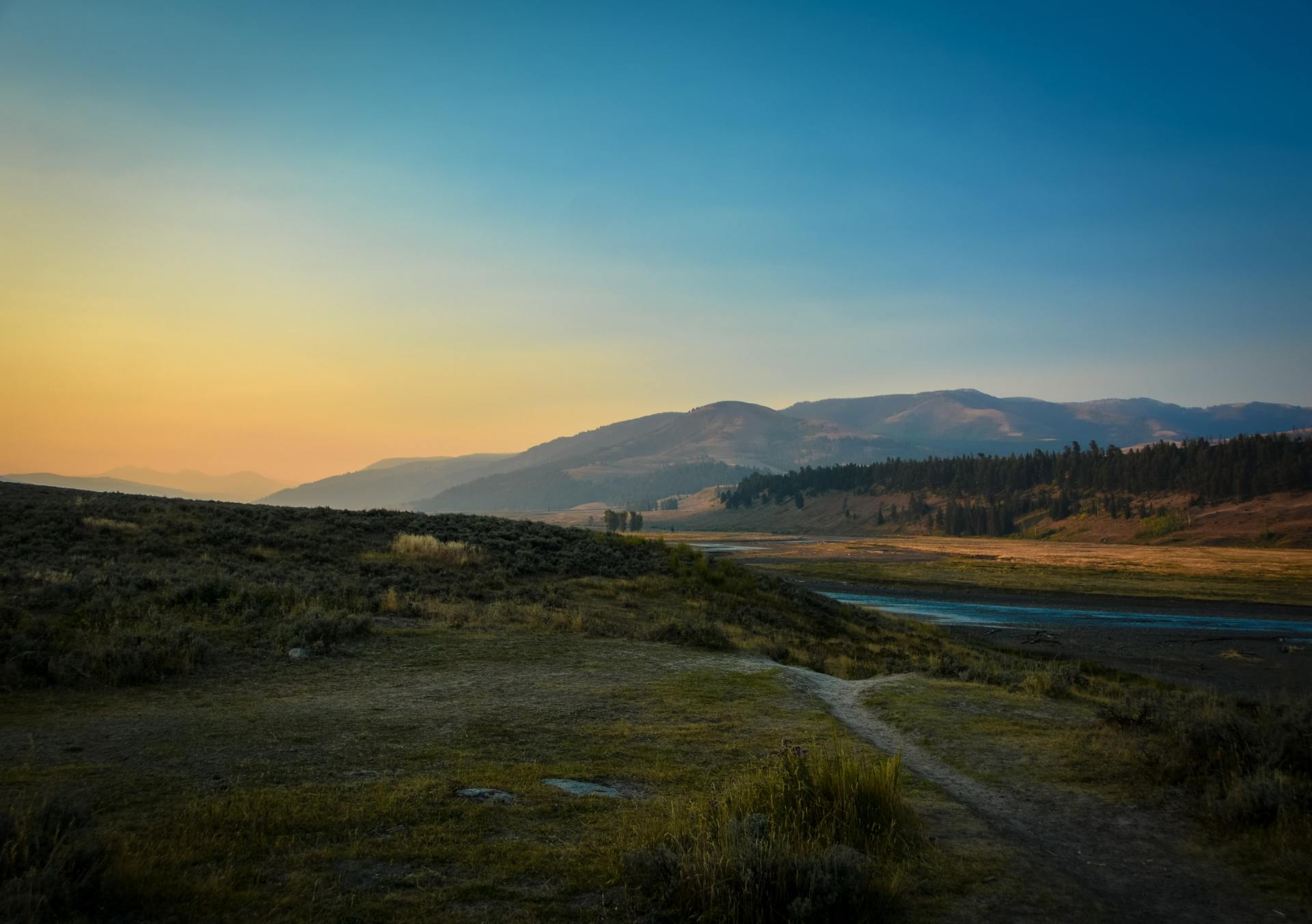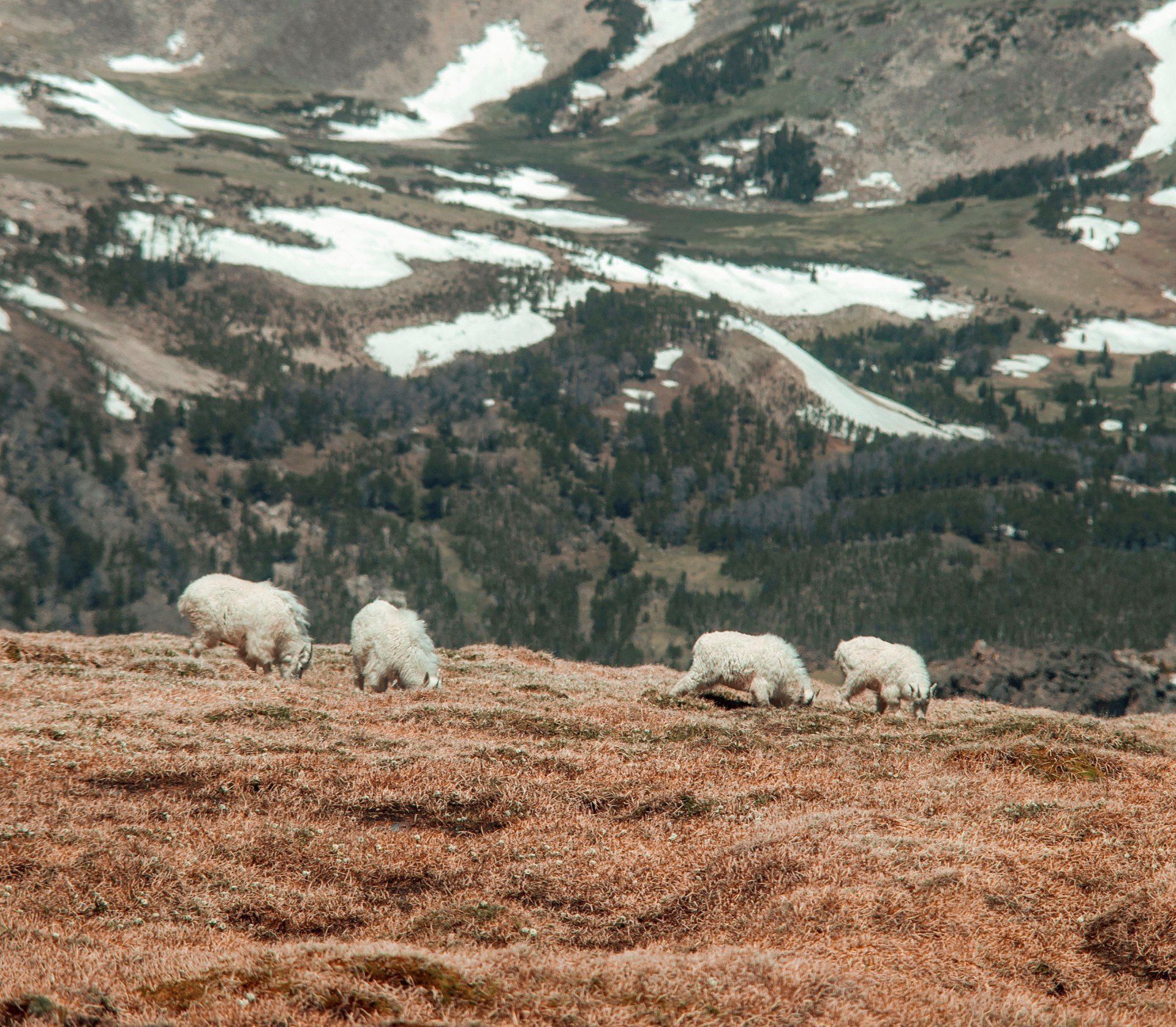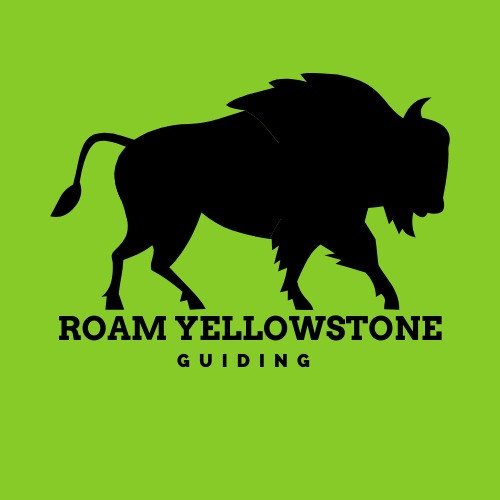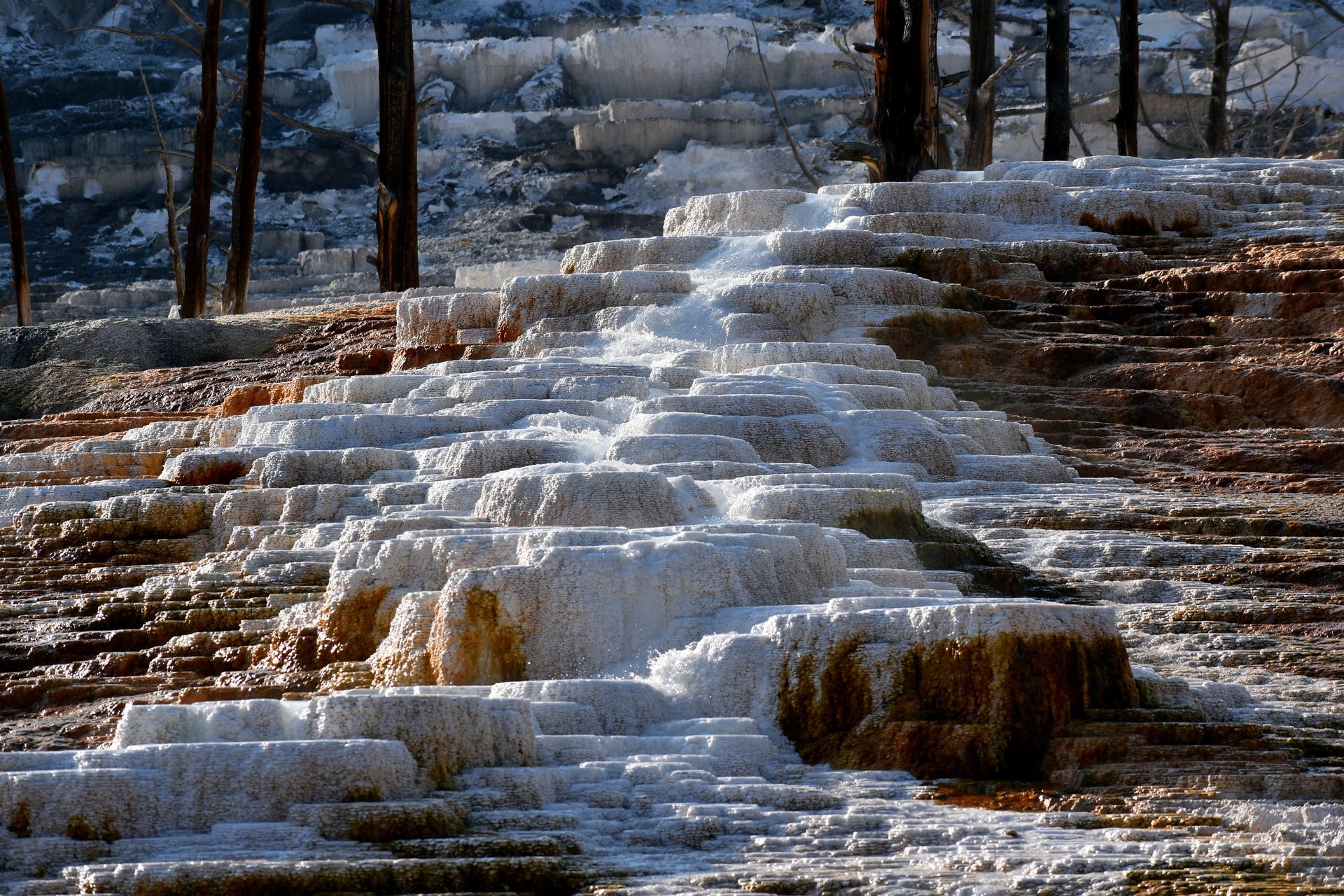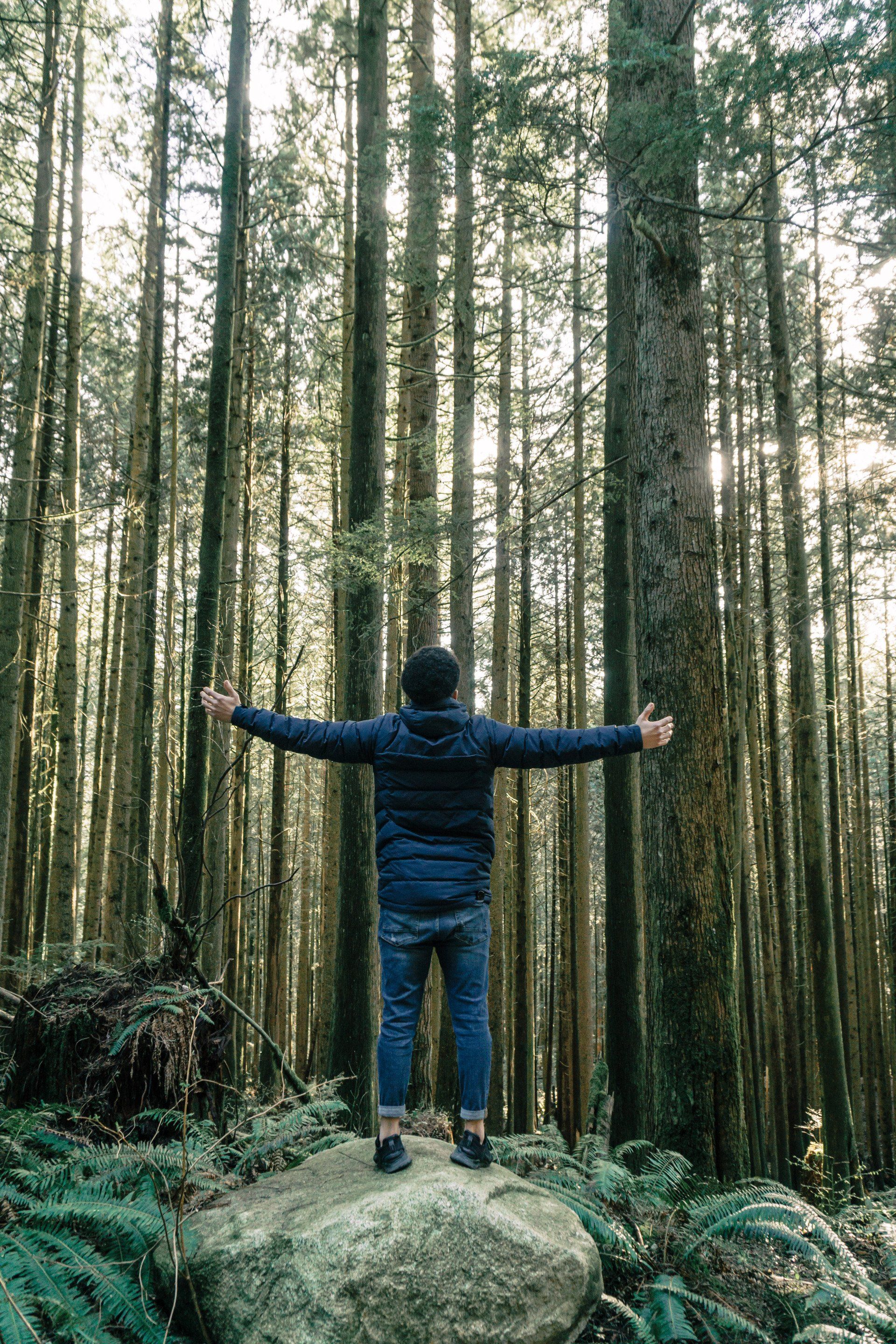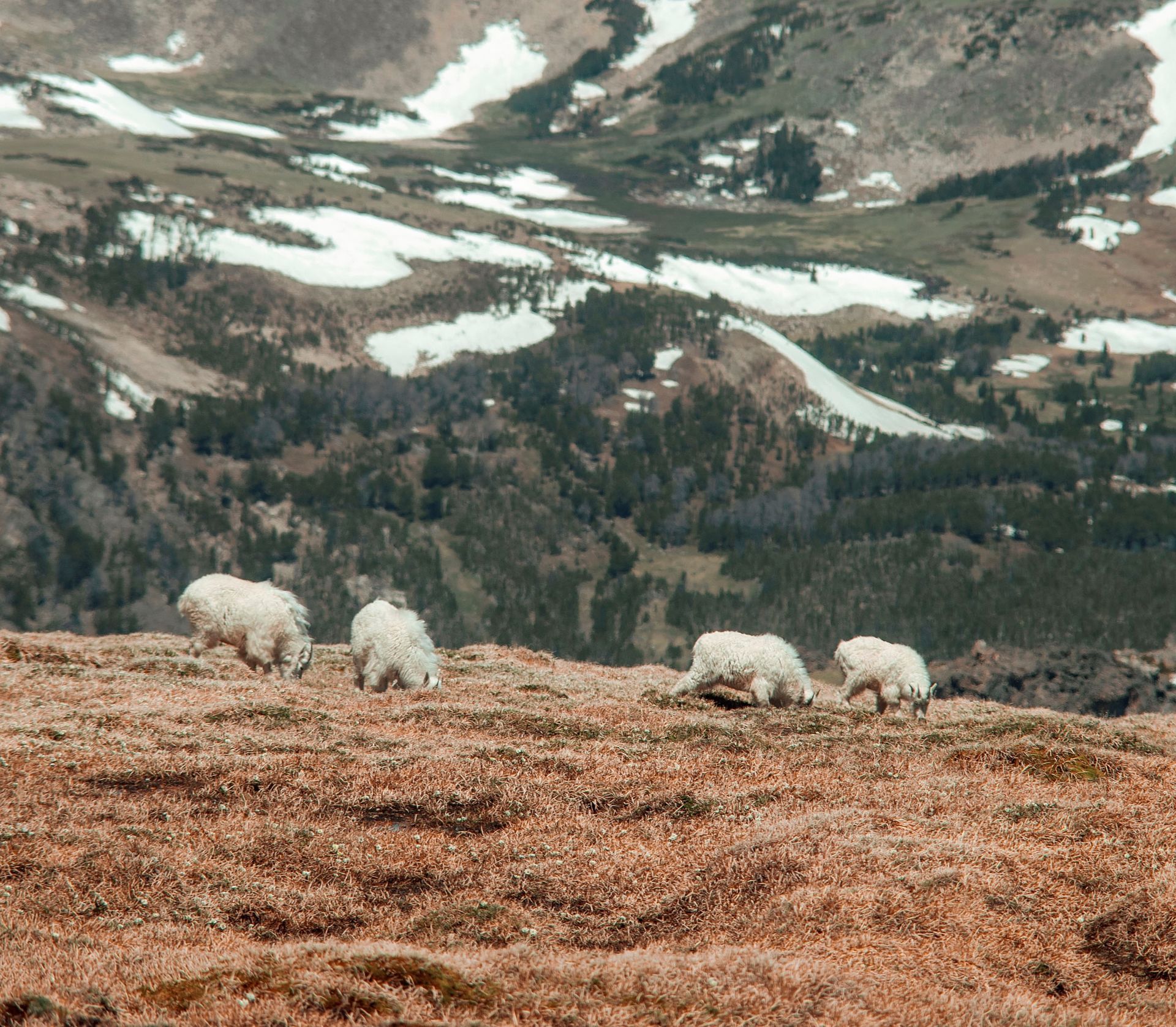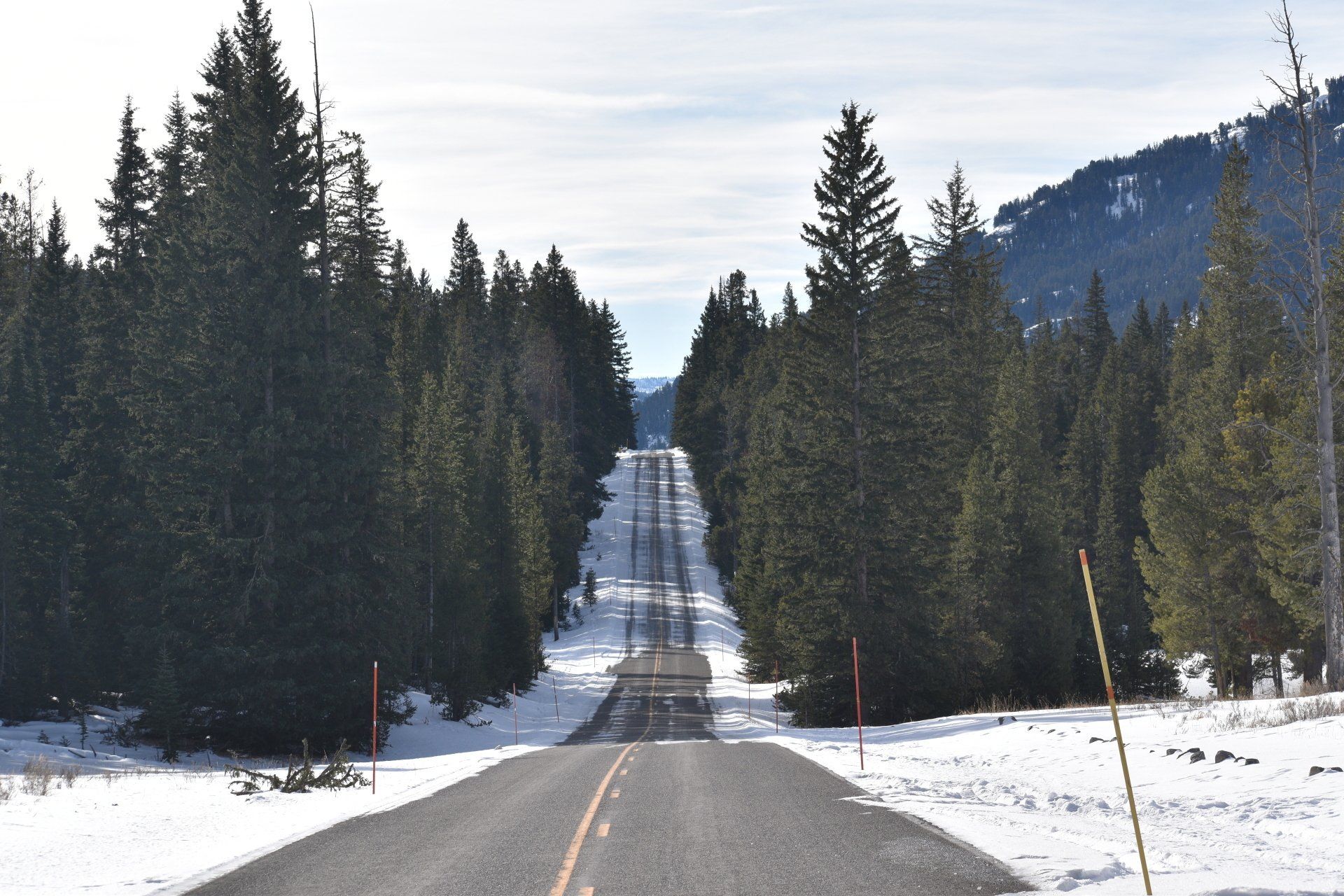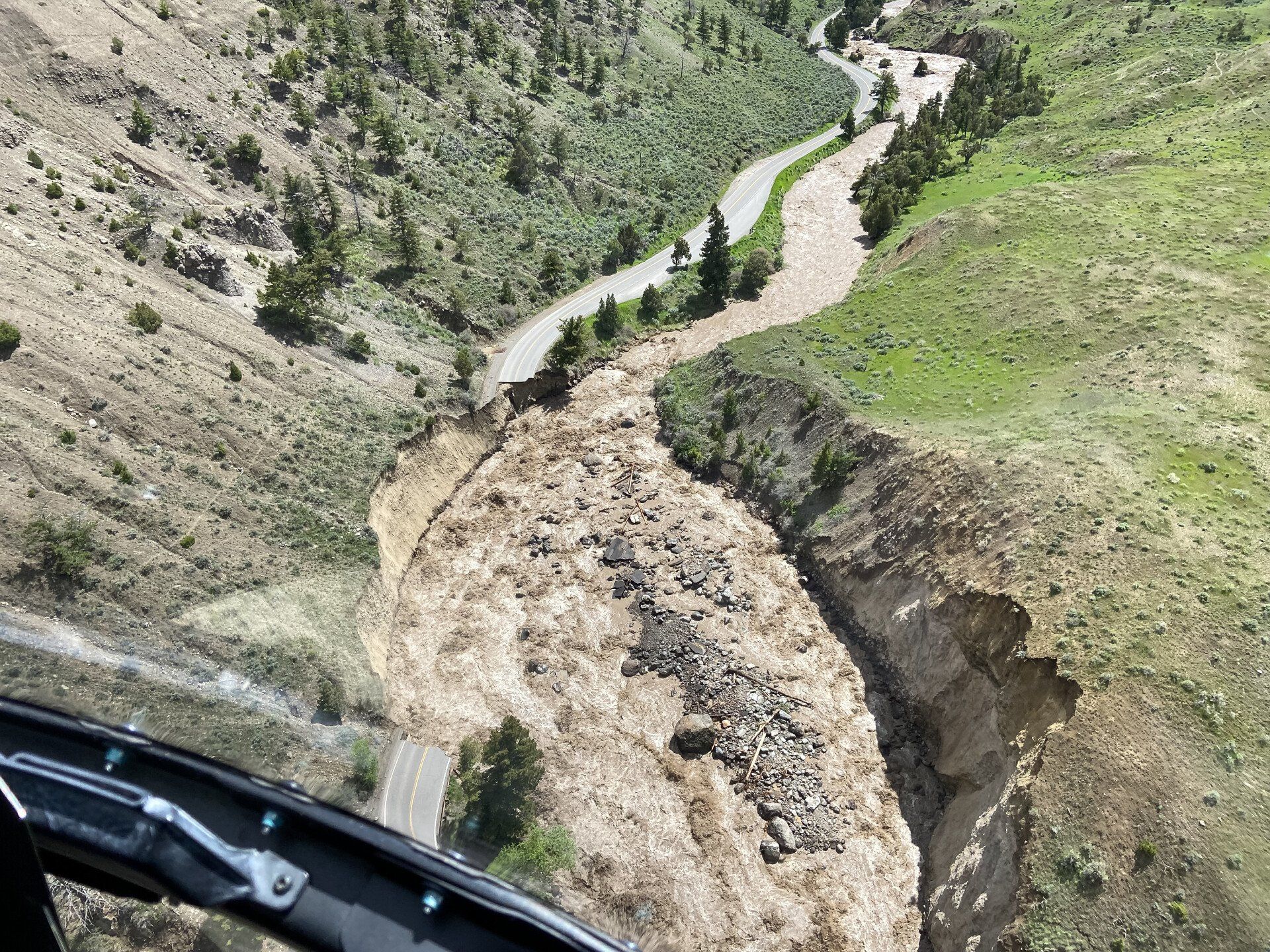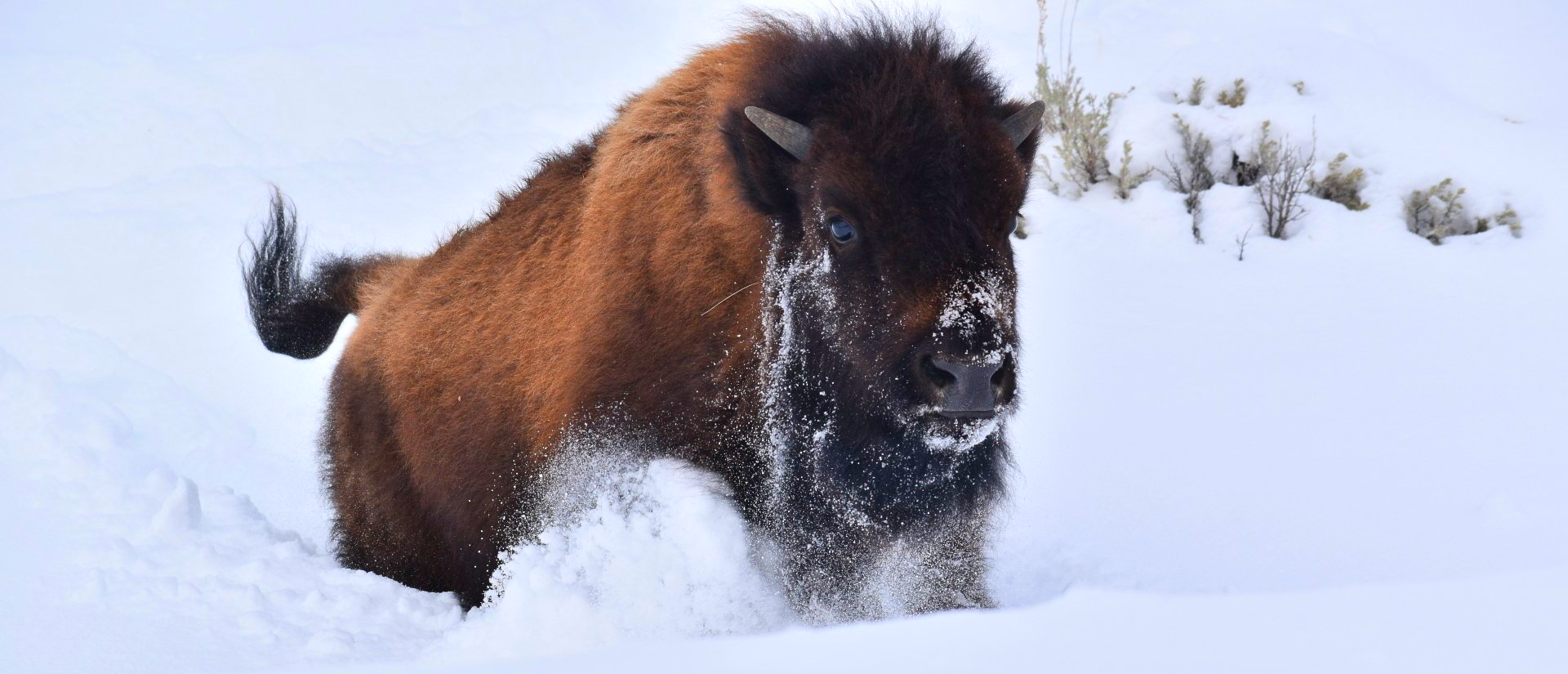Tips for Visiting Yellowstone this Summer
Get the lowdown for making the most of your 2024 trip to Yellowstone!
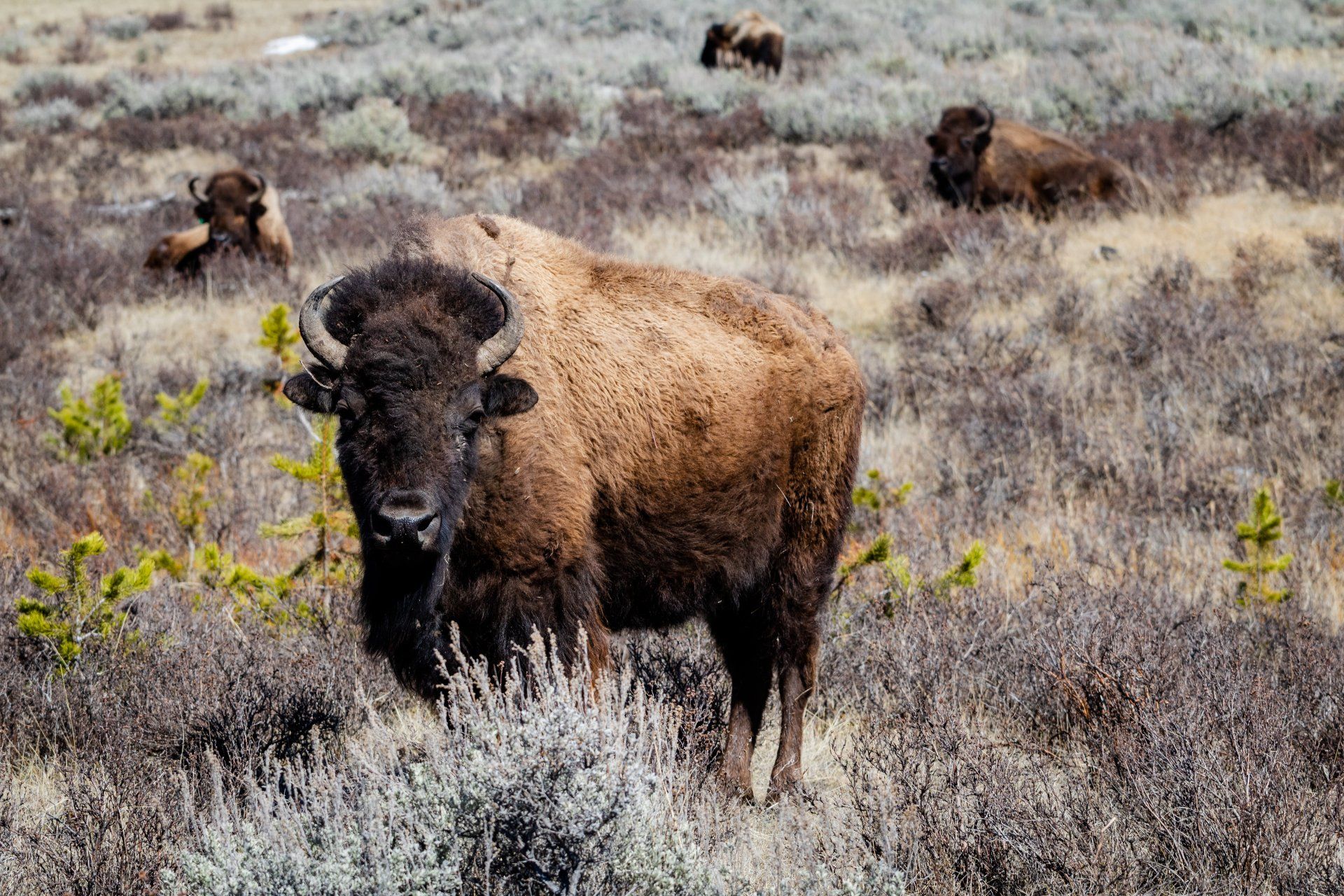
Yellowstone National Park, located in the northwestern corner of Wyoming (and a little bit of Montana and Idaho), is a natural wonder that draws millions of visitors each year. With its scalding geysers erupting, pristine lakes, and abundant wildlife, the park offers so many opportunities for exploration and adventure. Here are some of our tips on how to make the most of your trip to Yellowstone:
Which Entrance to Use:
Yellowstone has five entrances, but the most popular ones are the West Entrance, which is located in West Yellowstone, Montana, and the North Entrance, which is located in Gardiner, Montana. The West Entrance is closest to Old Faithful and the geyser basins, while the North Entrance is closer to Mammoth Hot Springs and the Lamar Valley. Depending on where you plan to spend most of your time in the park, you may want to use one of these entrances. If coming from the South (Grand Teton Area) you may consider entering through the South entrance. If coming from the east, you can use either the east entrance coming from Cody, WY or the northeast entrance near Cooke city (this option gives you the chance to drive the Beartooth highway!
Download a map of Yellowstone here.
What to Pack:
Yellowstone has a variable climate, so it's important to pack for basically every weather condition. In the summer, temperatures can range from the 30s at night to the 80s during the day. Bring layers that you can easily take on and off, as well as rain gear, hiking shoes, and insect repellent. Don't forget sun shades, sunscreen and a hat, as well as a refillable water bottle to stay hydrated. If you plan to do any backcountry camping, be sure to bring appropriate gear and food.
Tips:
- Know what to do if you encounter a bear
- Bring bear spray and know how to use it - Preferably one per person that is capable of using it
- Break in your shoes before you hike in them
- Wool is great for soggy days
- Bring an umbrella AND raincoat if rain is in the forecast
- Citronella and other insect repellents can work but bring Deet just in case you need it!
- Plan to drink at least 2 liters of water per day or more if you are hiking - the high elevation and dry climate can make you dehydrate more easily
- Do not forget the sun protection! Including sunglasses (those hydrothermal areas can be bright)!
- Plan to bring you food in with you otherwise, research where to eat lunch before the day begins
For International Visitors
- You may be required to obtain an international driving permit if you plan to rent a car or drive a car during your visit to Yellowstone. Consult https://www.usa.gov/non-citizen-driving for more information.
Anticipate Traffic and Construction
When planning a trip to Yellowstone, it's important to start early and anticipate traffic and construction delays. The park can get crowded during peak season, and popular areas can become congested with traffic. Starting early can help you beat the crowds and make the most of your time in the park. It's also important to be aware of any ongoing construction projects, which can cause delays and detours. Checking the park's website or social media channels for updates on road closures and construction projects can help you plan your route accordingly and avoid unnecessary delays.
Check here for open roads and construction reports.
What to do in Yellowstone?
Yellowstone is a vast park around 2.2 million acres in size, so it's important to plan your outings ahead of time. Here are some suggestions for each day:
Option 1: Explore the Geyser Basins
Start your trip by visiting some famous geyser basins such as the Old Faithful Geyser Basin (upper geyser basin), where you can watch the iconic geyser erupt every 90 minutes. From there, visit other geysers and hot springs, such as the Grand Prismatic Spring and the Fountain Paint Pot. Be sure to stay on the boardwalks and designated trails to avoid falling in scalding water and damaging the fragile thermal features.
Option 2: Take a Hike
Hiking in Yellowstone is an incredible experience, with miles of trails winding through stunning landscapes of geysers, hot springs, canyons, forests, and mountains. Hikers may encounter a wide variety of wildlife, such as bison, elk, bears, wolves, and coyotes, as well as a diverse array of bird species. The park is also home to many scenic waterfalls, lakes, and rivers that make for beautiful photo opportunities. Hikers should be prepared for varying terrain and weather conditions, and should always carry bear spray and know how to use it. If this is something you would like to do but need some guidance, check out our guided hikes page!
Option 3: Wildlife Watching
Yellowstone is home to a diverse array of wildlife, including wolves, bison, bears, and moose. Take a guided wildlife watching tour, or explore on your own in one of the many large valleys in the park, where you may see wolves and other predators hunting. Be sure to observe wildlife from a safe distance and never approach or feed them.
Option 4: Visit the Grand Canyon of the Yellowstone
The Grand Canyon of the Yellowstone is a stunning canyon carved by the Yellowstone River. Visit the viewpoints at Artist Point and Lookout Point to see the colorful canyon walls and the impressive Lower Falls. You can also take a hike down into the canyon to get a closer look.
Take a tour!
If you have limited time or haven't planned a trip like this before, consider hiring a guide service! At Roam Yellowstone, we can connect you to a variety of guides that provide a unique and personalized way to experience the beauty and diversity of the park. You have the flexibility to design tours that can be easy or involve hiking, based on your preferences and physical abilities. This allows you to fully immerse yourself in the park's landscape and wildlife, as well as its geological and historical wonders. Depending on the tour you choose, you can see a wide variety of Yellowstone's natural features, including geysers, hot springs, canyons, forests, mountains, waterfalls, and rivers. You may also have opportunities to encounter some of the park's abundant wildlife, such as bison, elk, bears, wolves, and coyotes. Custom tours provide an opportunity to create unforgettable memories and a deeper appreciation for the natural wonders of Yellowstone!
Feel free to reach out for more info about Yellowstone, and of course there is no obligation!
